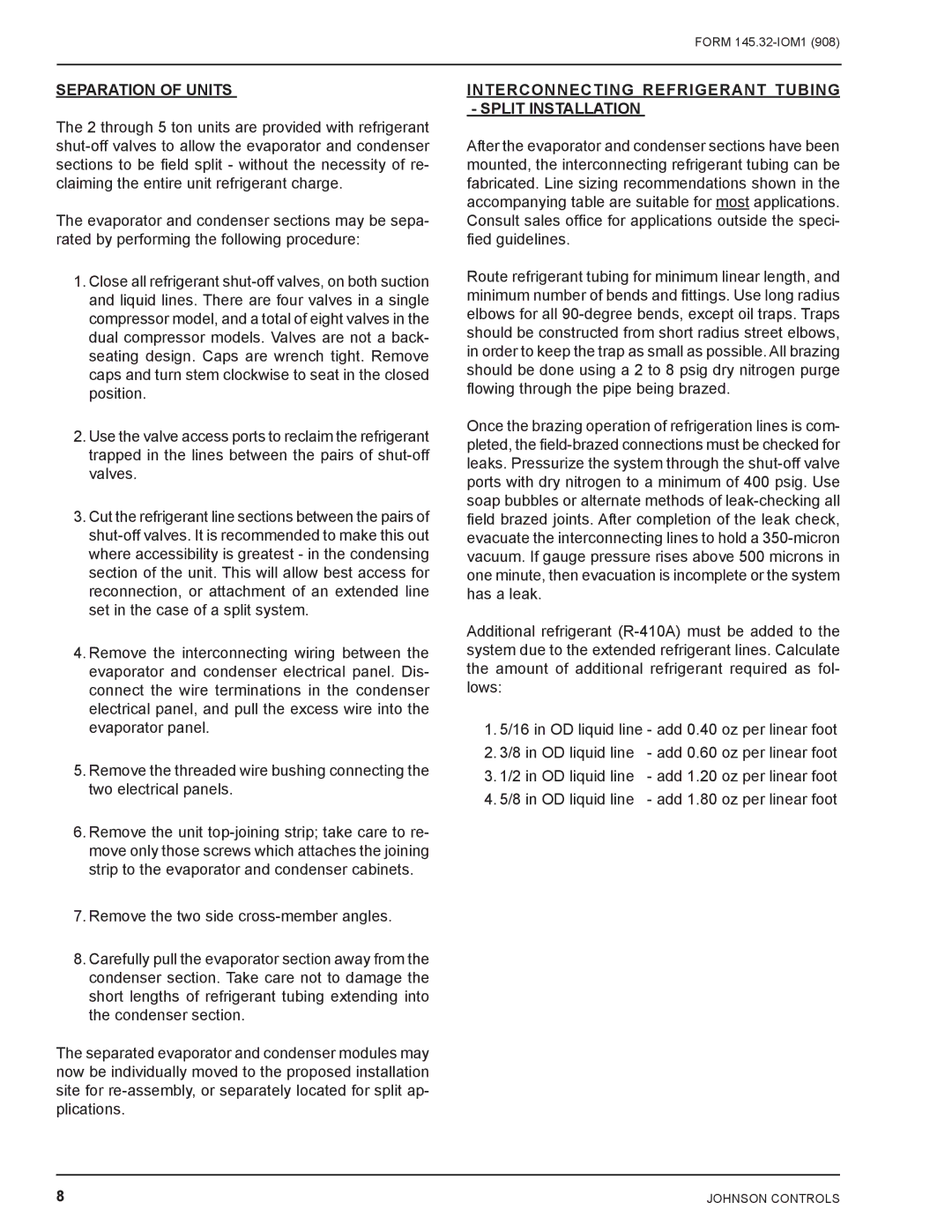DSH specifications
Energy Tech Laboratories DSH is a pioneering organization at the forefront of energy technology innovation. With a commitment to sustainability and efficiency, DSH focuses on developing cutting-edge solutions that address modern energy challenges. The laboratory excels in research and development, primarily emphasizing renewable energy, energy storage systems, and smart grid technologies.One of the main features of Energy Tech Laboratories DSH is its state-of-the-art research facilities that house advanced equipment and tools for experimentation and analysis. The laboratories are equipped with simulation tools that facilitate the modeling of complex energy systems, enabling researchers to assess the performance of new technologies under various conditions. This capability is vital for optimizing energy solutions before they are deployed in real-world applications.
DSH has developed several key technologies that exemplify its innovative spirit. Solar photovoltaic (PV) integration is one of the flagship projects, focusing on enhancing the efficiency of solar panels through novel materials and designs. The laboratory continuously investigates new photovoltaic materials that can significantly increase sunlight conversion rates, reducing the overall cost of solar energy.
In addition to solar technologies, DSH is a pioneer in the field of energy storage. The laboratory works on advanced battery technologies, including lithium-sulfur and solid-state batteries, which promise higher energy densities and longer life cycles compared to conventional lithium-ion batteries. These enhancements are vital for the effective storage of renewable energy, allowing for smoother integration into the power grid.
Moreover, Energy Tech Laboratories DSH is heavily invested in smart grid technologies, which enhance the efficiency of electricity distribution through real-time data analysis and improved grid management. By deploying advanced metering infrastructure and predictive analytics, DSH aims to create resilient energy systems that can respond dynamically to consumer demand and integrate various energy sources seamlessly.
The laboratory's dedication to collaboration with industry partners, government agencies, and academic institutions ensures that its research is translated into practical solutions. This synergy fosters innovation and accelerates the adoption of sustainable technologies.
In conclusion, Energy Tech Laboratories DSH stands as a pillar of innovation in the energy sector, exemplifying a strong commitment to developing technologies that support a sustainable future. Its focus on renewable energy, energy storage, and smart grid solutions positions it as a key player in the ongoing transition towards a cleaner and more efficient energy landscape.

